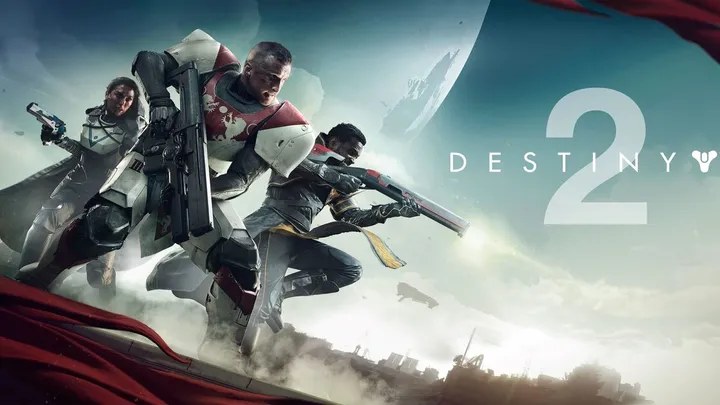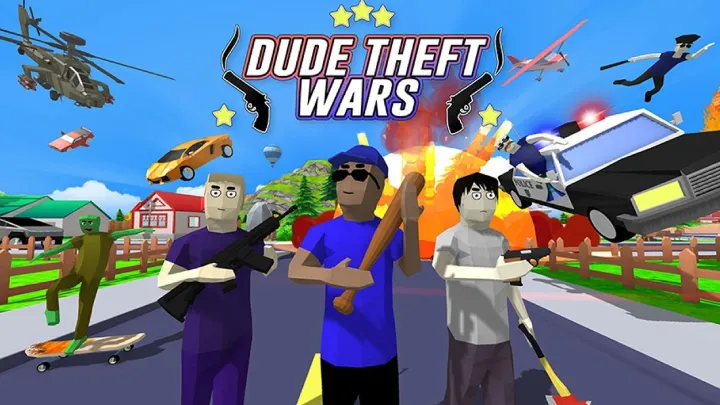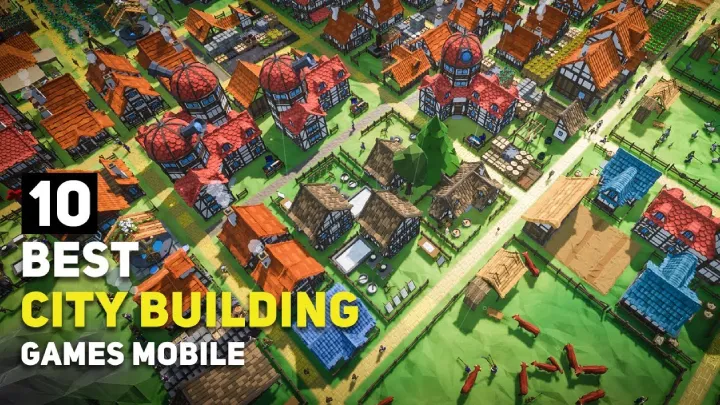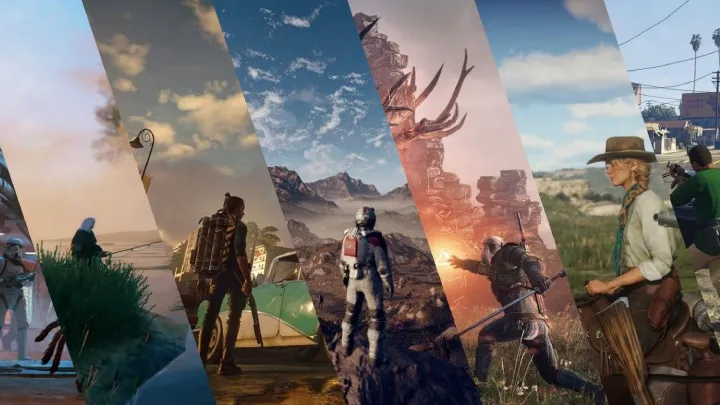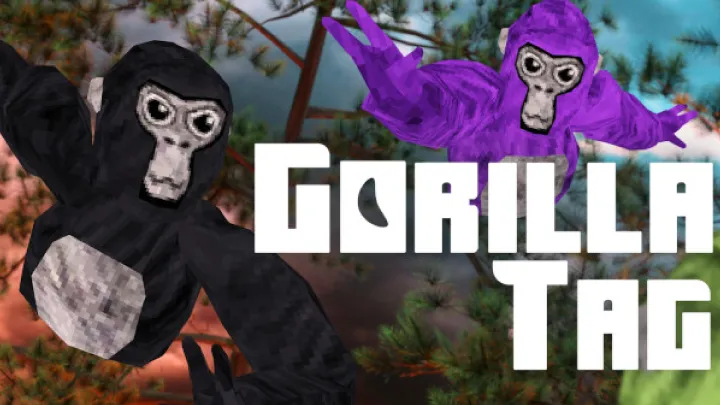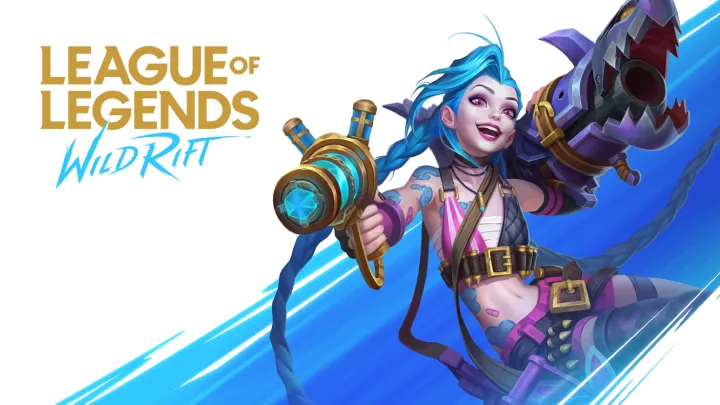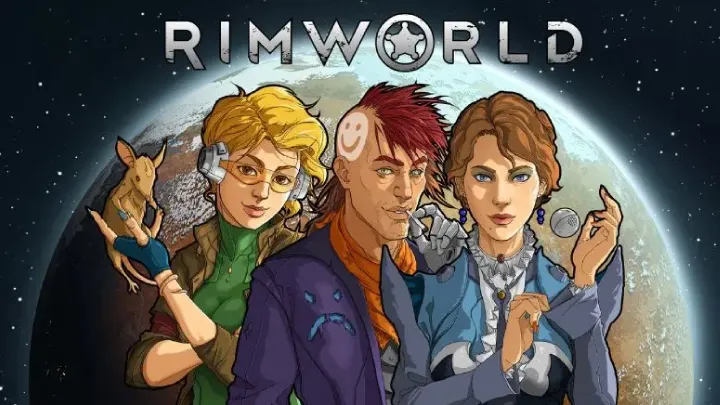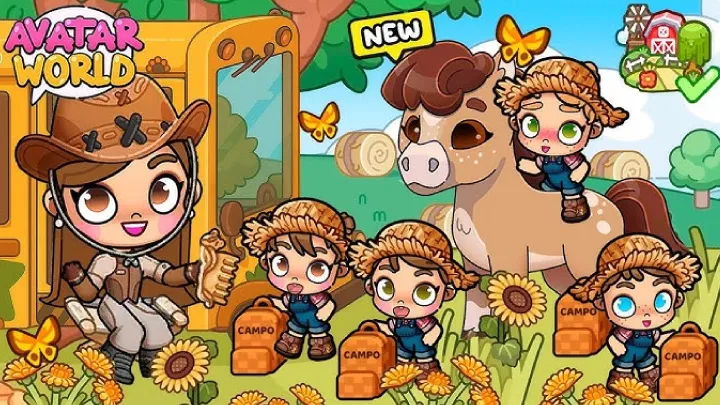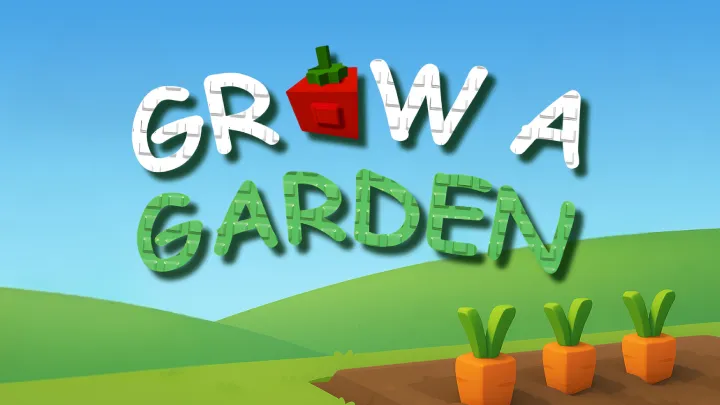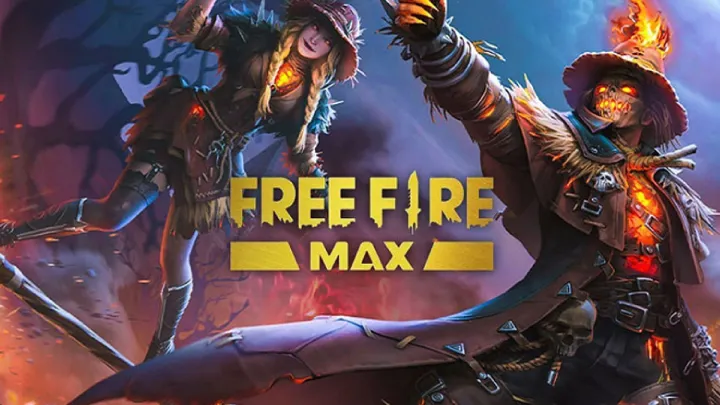Rust is not just a survival game; it’s a social experiment wrapped in brutal PvP mechanics. Players start naked with a rock and a torch, tasked with clawing their way up the tech tree while fighting hunger, wildlife, and—most dangerously—other players. But beneath the surface of crafting and raiding lies one of the most divisive issues in the game: the eternal war between solo players and organized clans.
For years, the community has debated whether Rust unfairly tilts toward large groups. Clans dominate servers with sheer numbers, endless resources, and coordinated raids, while solo players struggle to survive even a single night. This article examines the deep-rooted imbalance, its history, player psychology, and the potential paths forward.
1. The Birth of the Conflict
When Rust launched in early access, the playing field was relatively level. Servers were smaller, clans less organized, and solo survival more feasible. But as the game grew, so did the communities that played it.
H3: Early days vs. modern servers
- Then: Primitive combat, low-tier bases, fewer coordination tools.
- Now: Organized Discord clans, spreadsheets of resource allocation, scheduled raids.
The difference between a solo survivor and a 20-man clan widened dramatically over time.
2. Resource Domination by Numbers
Rust’s core loop revolves around resource gathering: wood, stone, metal, sulfur. The larger the group, the more efficient this process becomes.
- Clans farm faster: 10 players hitting nodes means exponential gains.
- Base building snowballs: Bigger bases are harder to raid, requiring solos to grind endlessly.
- Weapon crafting accelerates: Groups hit the endgame while solos still have bows.
This creates a vicious cycle where clans accumulate wealth while solos are permanently stuck in survival mode.
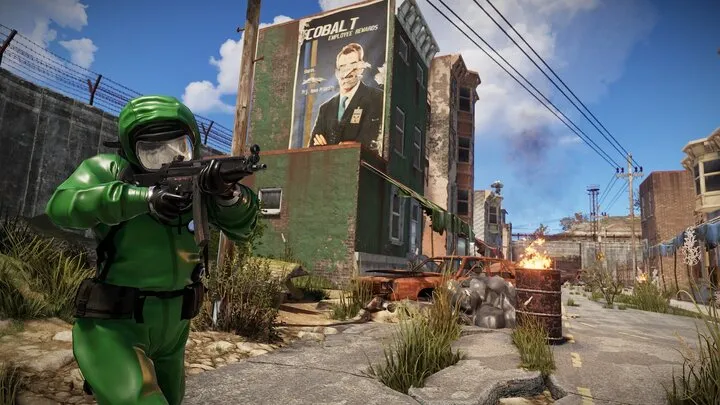
3. Raiding: A Solo’s Nightmare
Raiding is the heart of Rust’s PvP, but it’s a mechanic heavily skewed toward clans.
H4: Why raids favor groups
- Raids require enormous amounts of explosives.
- Defending against multiple raiders is nearly impossible alone.
- Offline raids punish solos who can’t defend around the clock.
The result? Many solos don’t even attempt raiding, instead living nomadically or hiding small stashes.
4. The Psychology of Powerlessness
For solos, the issue isn’t just losing — it’s the feeling of futility.
- Learned helplessness: repeated defeats discourage long-term play.
- Anxiety factor: constant paranoia that your small shack will be obliterated overnight.
- Community memes: “solo Rust is suffering” has become a running joke.
Meanwhile, clans thrive on dominance, reinforcing the divide.
5. Server Types and Their Role
Different servers shape the solo vs. clan struggle.
- Official servers: Wild west, clans dominate almost every wipe.
- Community servers: Some enforce player limits or “solo-only” rules.
- Modded servers: Resource multipliers and raid modifications can level the field.
Yet, despite these options, most solos still feel the pressure of numbers.
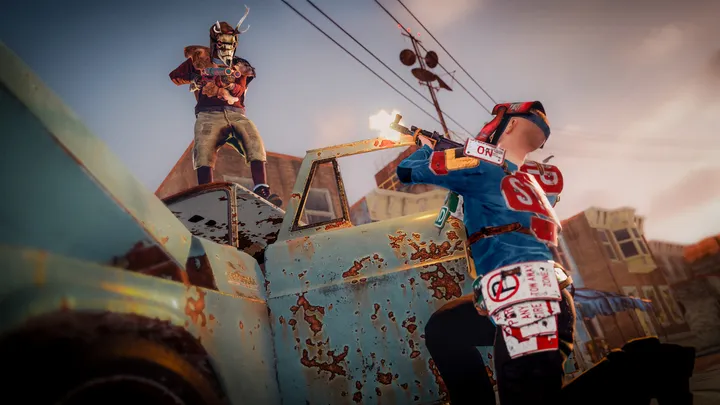
6. Developer Attempts at Balance
Facepunch Studios has made tweaks to soften the gap.
H3: Balancing efforts
- Tool cupboard system: Limits building zones, but clans adapt.
- Decay mechanics: Punish sprawling bases, yet clans can maintain them.
- Soft wipe mechanics: Regular resets keep servers from becoming permanently clan-dominated.
Despite these changes, the fundamental math of “more players = more power” remains untouched.
7. Solo Player Strategies
Not all is hopeless. Many solo players have developed tactics to survive in a clan-infested landscape.
H4: Survival tips
- Stealth bases: Small, hidden, underground, or camouflaged.
- Hit-and-run raids: Target weak bases with minimal investment.
- Nomadic lifestyle: Constantly moving to avoid attention.
- Psychological warfare: Setting traps, baiting larger groups into wasting resources.
These strategies highlight the creativity required of solos—but also how much harder their game is.
8. The Clan Perspective
It’s easy to demonize clans, but they’re not “cheating.”
- Rust is inherently about survival of the fittest, and teamwork is part of the design.
- Playing in groups enhances the social experience, something many find more rewarding.
- For some, coordinating 20-man raids is the ultimate thrill.
From their perspective, solos chose a harder path.
9. The Debate in the Community
Few issues split the Rust community as fiercely as this one.
- Solo advocates: argue the game becomes unplayable without restrictions.
- Clan defenders: argue that teamwork is the essence of Rust.
- Middle ground: requests for separate servers or better balance mechanics.
This ongoing tension fuels forum posts, Reddit debates, and even custom server rulesets.
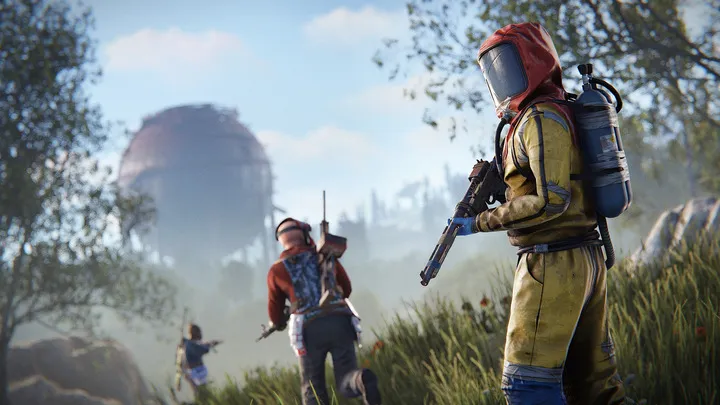
10. The Future of Solo vs. Clan Play
As Rust continues to evolve, so does the conversation.
Potential solutions:
- Solo-only servers with stricter enforcement.
- Dynamic raid scaling based on group size.
- New stealth mechanics for solos.
- AI threats (like heavy NPC raids) that keep large clans in check.
The question remains: will Facepunch intervene more directly, or does the studio see the struggle as part of Rust’s brutal identity?
Conclusion
The conflict between solo players and clans is the beating heart of Rust’s ongoing drama. For some, it’s a flaw — a game-breaking imbalance that discourages the lone wolf experience. For others, it’s exactly what makes Rust compelling: an unforgiving world where survival is never fair.
What’s undeniable is that this tension defines Rust. Whether you’re one naked with a rock or a clan with rockets and turrets, the game’s essence lies in this asymmetric war — a war that has no true resolution, only adaptation.





